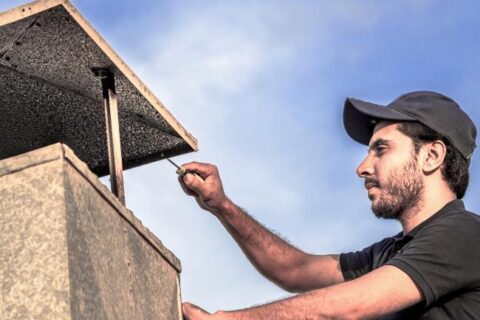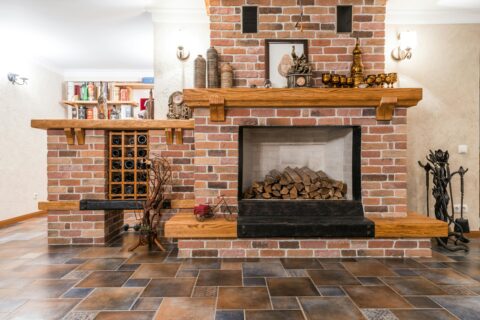Why Annual Chimney Inspections Are Non-Negotiable
Your Fireplace May Look Fine—But What’s Going On Inside Could Tell a Different Story
You light a fire in the fireplace. The flames crackle, the room warms up, and everything seems perfect. But inside your chimney, there could be hidden creosote buildup, cracks in the liner, or even structural issues you can’t see—and those issues could put your home at serious risk.
That’s why a yearly chimney inspection isn’t just a box to check. It’s one of the most important steps you can take to protect your home, your family, and your investment.
You Shouldn’t Have to Wonder If Your Chimney Is Safe
Most homeowners don’t realize how quickly things can go wrong with an uninspected chimney. Creosote buildup is flammable. Water leaks can weaken your masonry. And unseen damage can lead to dangerous chimney fires.
At ChimneyTEK, we’ve been inspecting chimneys across Maryland and Delaware for more than 20 years. Whether you’re in a historic home in Frederick or a newer property in Dover, our experienced team is here to give you clear answers and reliable solutions.
What We Check During a Chimney Inspection
Level 1, 2, or 3—What’s the Difference?
We follow the standards set by the National Fire Protection Association (NFPA), offering:
- Level 1 Inspections for systems in good working order with no changes
- Level 2 Inspections for new homeowners, after a storm, or before major repairs
- Level 3 Inspections when we suspect hidden hazards behind walls or masonry
A Thorough Look at Your Entire Chimney System
During an inspection, we’ll check:
- The flue liner for cracks or gaps
- The firebox and damper for corrosion or damage
- The smoke chamber, one of the most overlooked causes of chimney fires
- The chimney crown and cap, especially vulnerable in wet climates
- Signs of leaks, creosote buildup, structural wear, or fire risk
What Happens If We Find a Problem?
If we uncover issues during your chimney inspection, we’ll walk you through everything we see. We use high-resolution chimney cameras and photos to show you exactly what’s going on.
Then we’ll recommend the right solution, whether that’s:
- Simple maintenance
- Targeted chimney repair
- Full fireplace restoration (especially common in older homes like those in Frederick and Annapolis)
- Or gas fireplace service upgrades (a growing need in areas like Dover, DE)
No scare tactics. No sales pressure. Just honest answers from experienced professionals.
Why ChimneyTEK Is the Team Homeowners Trust
From inspecting wood-burning fireplaces in Frederick to servicing gas fireplaces in Severna Park, we’ve seen just about everything a chimney can throw at us. Our clients call us because we explain things clearly, show up on time, and actually care about doing the job right.
We’re here to help you make smart decisions about your home—not sell you services you don’t need.
What You Should Do Next
- Schedule your annual chimney inspection
- Get a detailed report and recommendations from a certified technician
- Take care of small problems before they become expensive repairs
Don’t Wait Until You Smell Smoke
The sooner you schedule your chimney inspection, the better. Hidden damage won’t fix itself—and it could cost far more in the long run.
Book your chimney inspection with ChimneyTEK today and breathe easier knowing your fireplace is ready for the season.


